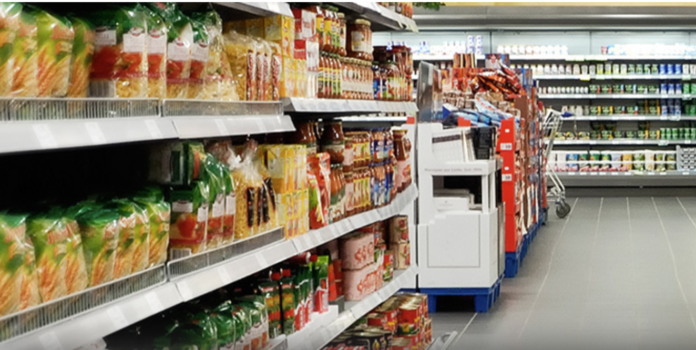Evolving consumer tastes, new market pain points and emerging technologies all offer compelling ways for retailers to diversify into new markets and create additional revenue streams. Steven Heilbron, CEO of Capital Connect, says that the multiple disruptions in the market are creating new ways for agile and forward-thinking retailers to add value, differentiate themselves from their competitors and grow their share of the market.
‘From rising inflation and high fuel prices to load shedding, each challenge retailers face offers an opportunity to solve a new problem for their customers,’ said Heilbron. ‘Retailers that are quick and imaginative will look at ways they can turn dislocations in the market and disruptions to business as usual as ways to grow their businesses.’
Indeed, over the past two years, retailers have found ways to thrive despite the COVID-19 pandemic and its aftermath. Customer research from Capital Connect reveals that 60% of respondents have added a new product range to their stores, 39% have branched out from their usual service offerings, and 17% of the participants have added an ecommerce shopping offering to their business. (Customer research respondents could select more than one response.)
‘Whether it’s to diversify your product range, investing in shopper-tainment, offering ‘phygital’ experiences that bridge the gap between online and offline to deliver an integrated shopping experience, or bulk-buying products to offer deep discounts to cash-strapped consumers, there are many ways for retailers to thrive,’ said Heilbron. ‘Those that have not already adjusted to realities such as ecommerce and load shedding risk falling behind the pack.’
Access to capital: retailers’ biggest challenge?
Retailers in Capital Connect’s survey said that their biggest challenge was cash flow and access to capital, followed by running a business during loadshedding, and, in third place, coming up with new ideas to grow their retail business. Heilbron said that with fintechs making access to opportunity capital so much easier and Eskom loadshedding being an operational reality, retailers should focus more of their energy on challenge number three.
Dion Chang, CEO of Flux Trends, said that the rise of a contactless economy during the pandemic has created new business models that retailers can exploit. Trends that will shape the market in the next few years include social commerce, the B2B sharing economy, and faster last-mile deliveries—all offering compelling ways for earlier movers to get an advantage.
In social commerce, the ecommerce experience within social media apps and other platforms will become more seamless. Consumers will be able to do nearly everything from inside super-apps. The B2B sharing economy, meanwhile, allows companies to share infrastructure and resources, such as shelf space or vehicles, on a peer-to-peer level. Finally, consumers are expecting deliveries as fast as 10 to 15 minutes.
CAPITAL CONNECT
www.connected.co.za










